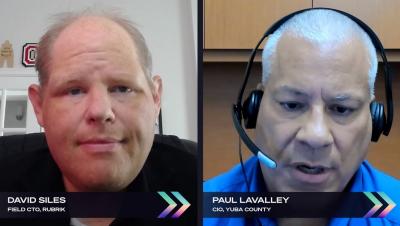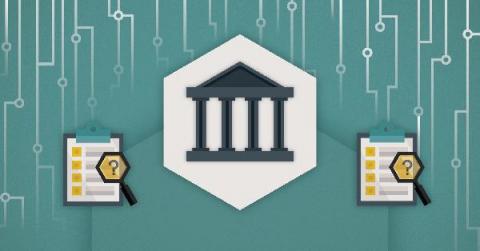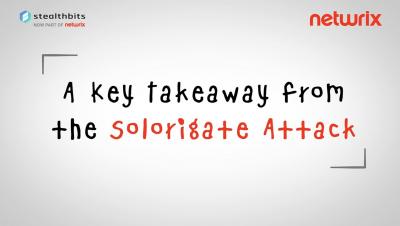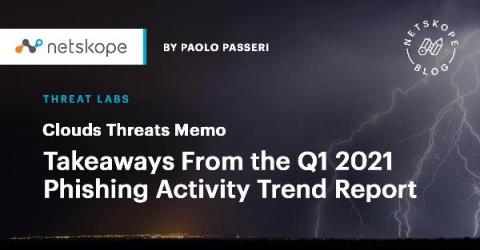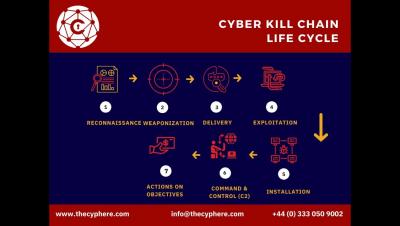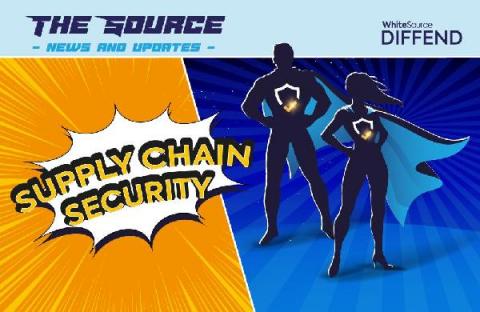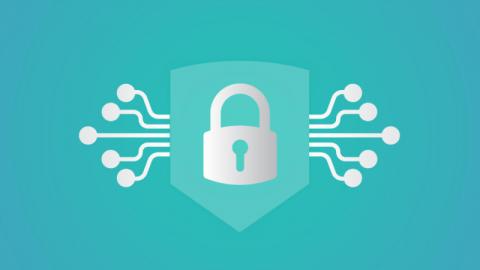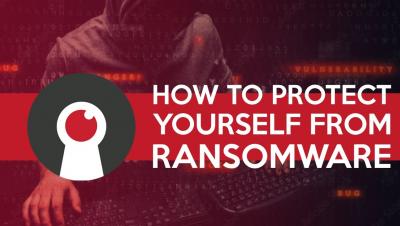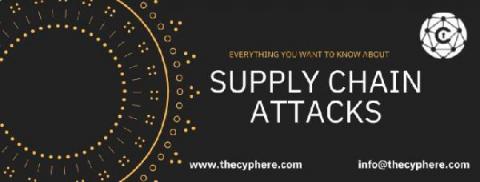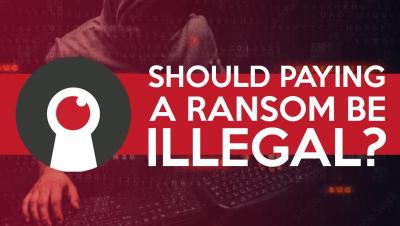Security | Threat Detection | Cyberattacks | DevSecOps | Compliance
June 2021
Secure Software Development: How to Check Your Code
5 Cyber Risks SLED Agencies Need to Protect Against
Last year was a tough one for schools, local, and state governments. Not simply because of COVID-19, which forced every local government and school to navigate a pandemic, but also because the pandemic brought with it a different set of dangers. While local governments and schools were trying to figure out remote learning, remote work, and how to run public meetings safely and effectively online, cybercriminals took advantage of the fact that the remote world is new to most small governments.
How to reduce your attack surface with system hardening in 2021
The goal of system hardening (or security hardening) is to reduce the attack surface. It includes reducing security risks and removing potential attack vectors. By removing superfluous programs, accounts functions, applications, ports permissions access etc., the reduced attack surface means the underlying system will be less vulnerable, making it harder for attackers or malware to gain a foothold within your IT ecosystem.
Cybersecurity sketchnotes: A key takeaway from the Solorigate attack
Stories from the SOC - Office 365 account compromise and credential abuse
Credential abuse and compromised user accounts are serious concerns for any organization. Credential abuse is often used to access other critical assets within an organization, subsidiaries, or another partner corporation. Once an account is compromised, it can be used for data exfiltration, or to further promote the agenda of a threat actor.
On the Importance of Protecting U.S. Pipeline Owners and Operators
In the beginning of May, a U.S. pipeline company suffered a ransomware attack. The company decided to respond by halting operations while it investigated the incident. This delayed tens of millions of gallons of fuel from reaching their destination all along the East Coast. Less than a week later, Bloomberg reported that the company had paid millions of dollars to a ransomware group in order to regain access to their systems. U.S.
Survey: Nearly Half of Manufacturers Suffered a Digital Attack in the Last Year
Confidence isn’t new when it comes to cybersecurity. All the way back in 2015, for example, 86% of security professionals working in the energy sector told Tripwire that they were confident they could detect a breach in a week. Just less than half (49%) said it wouldn’t take them longer than a day to spot an attack. It was the same story a year later when Tripwire surveyed infosec professionals in the retail sector.
SecurityScorecard Finds USAID Hack Much Larger Than Initially Thought
SecurityScorecard’s Investigations & Analysis team conducted an investigation into the details surrounding the USAID.gov attack. As has been previously reported, the attack has been potentially attributed to the organization commonly known as Cozy Bear, but our investigation found that the campaign is likely much larger, and began much earlier than has been reported.
What is an Advanced Persistent Threat in Cybersecurity?
Corporate cybersecurity professionals must be on constant alert to avoid the wide range of cyberattacks that can be thrown at them today: malware, ransomware, trojan horses, social engineering, and spear-phishing attacks, to name just a few. Among the most serious of attacks is the advanced persistent threat (APT). An APT is an attack that uses sophisticated methods to gain access to information systems and sensitive information.
Why Is Cybersecurity Important?
It’s the stuff of IT managers’ nightmares and it is coming to a server near you: ransomware attacks, phishing schemes, privacy breaches, and other yet-to-be imagined cyber threats aiming to pilfer the sensitive data stored on your IT systems. Cybercriminals target large companies like Microsoft, Equifax, Expedia, and Barnes & Noble just to mention a few big victims from 2020.
Cloud Threats Memo: Takeaways From the Q1 2021 Phishing Activity Trend Report
The Anti-Phishing Working Group (APWG) has just released its Phishing Activity Trend Report for Q1 2021. The first findings are easily predictable; the dispersion of the workforce is pushing phishing attacks to new records: just in January 2021, the APWG detected 245,771 unique phishing sites, the highest number reported so far.
What you need to know about Process Ghosting, a new executable image tampering attack
Security teams defending Windows environments often rely on anti-malware products as a first line of defense against malicious executables. Microsoft provides security vendors with the ability to register callbacks that will be invoked upon the creation of processes on the system. Driver developers can call APIs such as PsSetCreateProcessNotifyRoutineEx to receive such events.
Cyber Kill Chain: What It Is, How It Works
Threats targeting Kubernetes and Defences
10 Supply Chain Security Tips That Won't Slow Development Down
As supply chain attacks continue to dominate headlines, software development teams are beginning to realize that package management can’t be taken lightly — the threats hidden under the hood are real. In this installment of The Source, we want to talk about the practices and tools that developers need to adopt in order to protect against supply chain attacks.
Understanding the software supply chain security requirements in the cybersecurity Executive Order
President Biden’s cybersecurity executive order from last month should cause little surprise for anyone following news headlines over the past year. The order is the U.S. Federal Government’s important response to a long list of incidents, starting with the SolarWinds attack and ending with a recent ransomware attack against Colonial Pipeline —- the largest known attack against a US energy firm.
Detecting Password Spraying Attacks: Threat Research Release May 2021
The Splunk Threat Research team recently developed a new analytic story to help security operations center (SOC) analysts detect adversaries executing password spraying attacks against Active Directory environments. In this blog, we’ll walk you through this analytic story, demonstrate how we can simulate these attacks using PurpleSharp, collect and analyze the Windows event logs, and highlight a few detections from the May 2021 releases.
How to Protect Yourself From Ransomware
What is the real cost of carding attacks?
Since many brick-and-mortar stores closed during the Covid-19 pandemic, online shopping has grown massively through 2020 and into 2021. Fraudsters have seized this opportunity to strike, with data breaches in 2020 exposing over 155.8 million records, which could be used fraudulently, in the US alone. Carding is one of the most common and costly types of online fraud.
Colonial Pipeline Hack - What Can We Learn?
It has been reported that the hack that took down the largest fuel pipeline in the United States and led to fuel shortages across the whole of the East Coast was the result of a single compromised password that was leaked on the Dark Web through a data breach. On April 29th 2021, hackers gained access to the network of Colonial Pipeline Co. via a Virtual Private Network (VPN) connection that allowed the hacker remote access to the corporate network.
Cybersecurity sketchnotes: Lessons learned from the HAFNIUM Attack
When trust goes wrong - supply chain attack, examples and prevention measures.
Industries of all kinds make use of supply chain management software to automate their business processes. A supply-chain attack is an incident in which one or more people with malicious intent insert themselves into the flow of production, distribution, and/or system management. Supply Chain Attacks usually target manufacturers that create software or services for other companies who use those products while serving their end customers.
What Is Security Information and Event Management (SIEM)?
A cyberattack is expected to occur every 11 seconds in 2021 — nearly double the frequency just a year earlier. These incidents often involve breaches of sensitive proprietary information and cost the organizations involved millions of dollars. Despite all the resources being devoted to improving cybersecurity, new threats continue to arise faster than defense capabilities.


